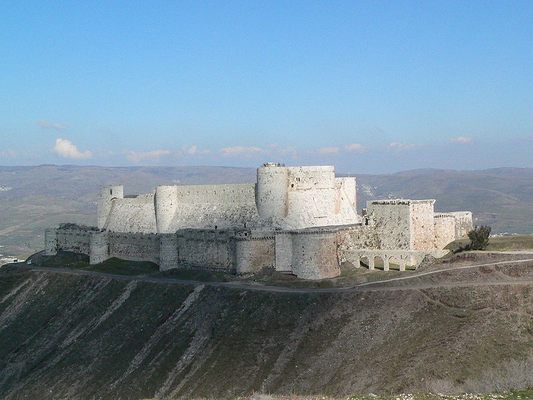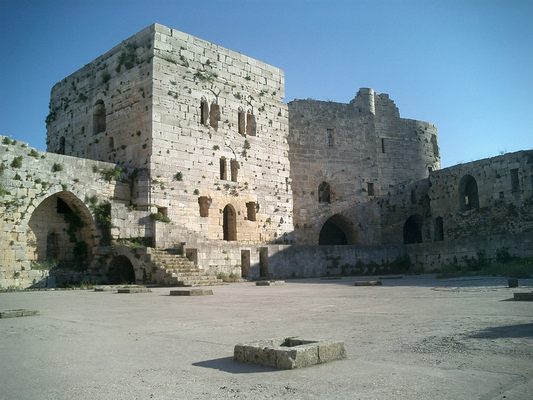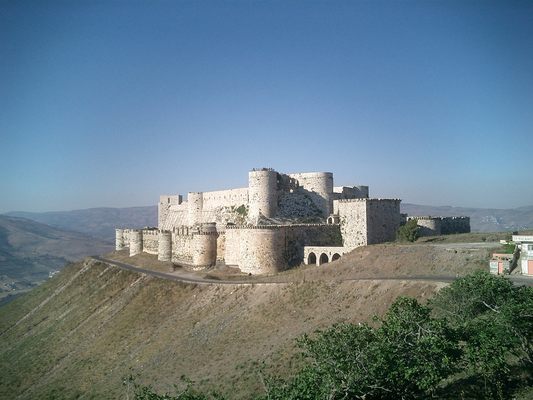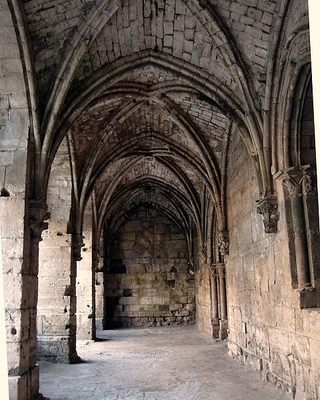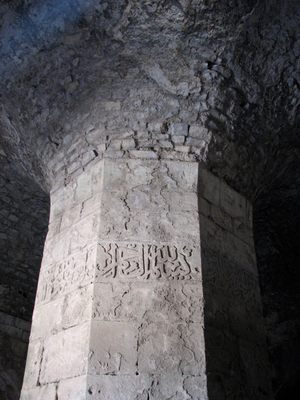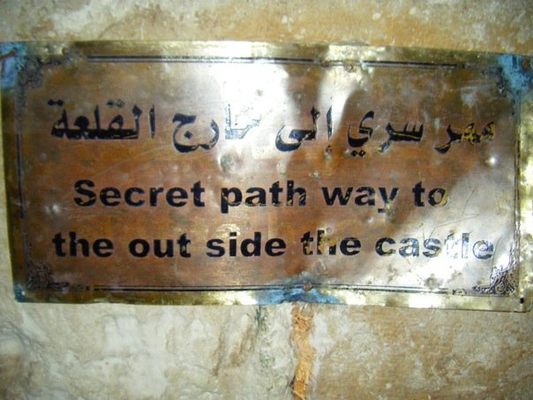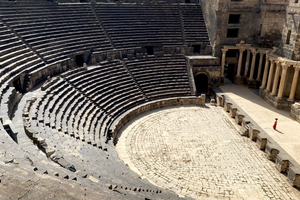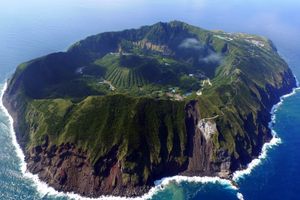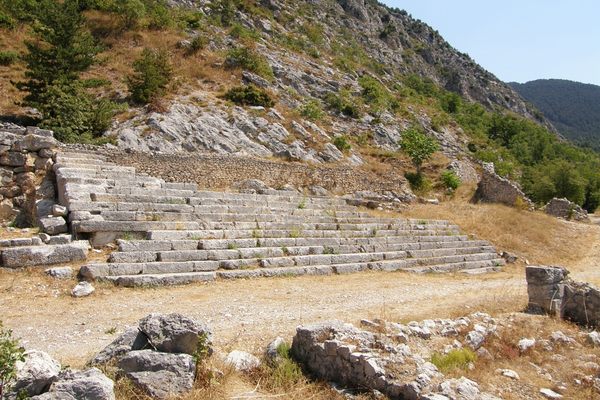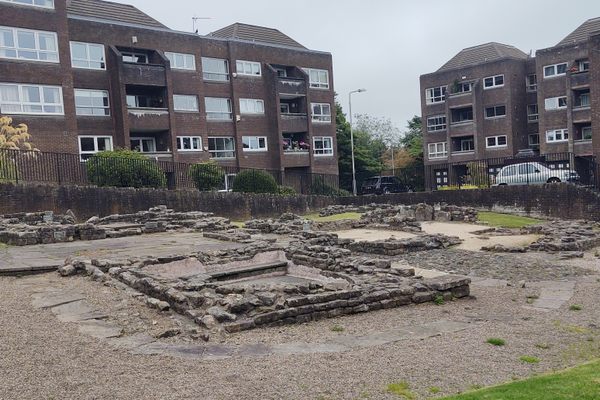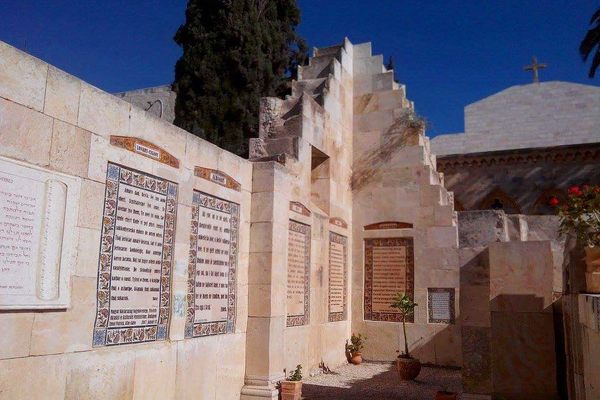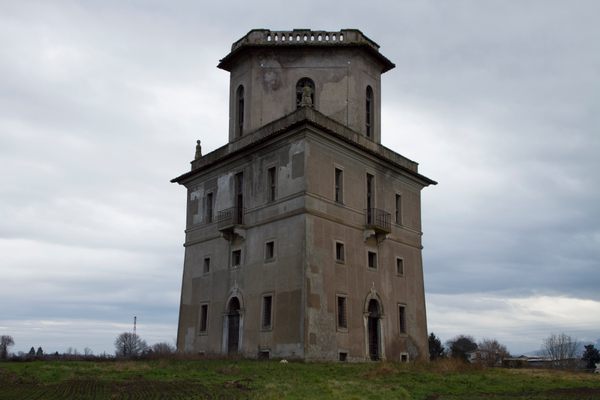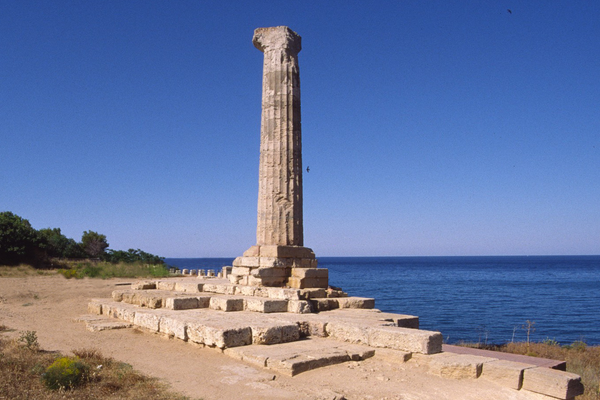About
Krak des Chevaliers is the single most imposing symbol of the Crusades.
The Krak is a massive Crusader fortress built during the First Crusade on a strategically important spot 40 kilometers from city of Homs or Hims, called l’Chamelle by the Crusaders, in the middle of the Syrian desert. What made this spot so strategic was that only one route led from the city of Antioch south to Beirut and the Mediterranean, and that route passed through Homs Gap. Krak des Chevaliers sits atop the 650-meter hill which dominates the surrounding countryside and overlooks this ancient highway.
The Krak was originally a much smaller fortress, built by the Emir of Aleppo. In 1110, it was captured by Tancred, Prince of Galilee and one of the most famous Crusaders; the fortress later passed into the possession of Knights Hospitaller, the most powerful religious-military orders of the Crusades. The greatly expanded fortress served as their base of operations in the Middle East for centuries.
Built according to the taste of its masters, Krak des Chevaliers is a typical example of Gothic architecture, uprooted from Western Europe and transferred to the Middle East. Even today, it is one of the best-preserved examples of European medieval military architecture.
The fortress could accommodate a garrison of 2000 soldiers. The inner protective wall is over 3 meters thick. The inner castle is protected by seven towers, each 10 meters in diameter. The storeroom is 120 meters long and could hold supplies that would permit the defenders to survive a siege for about five years, with stables that could accommodate up to one thousand horses.
Krak des Chevaliers withstood numerous attacks by Muslim forces, even a siege by the mighty Saladin in 1188. Legend has it that Saladin managed to capture the commander of the fortress and ordered him to make the defenders open the gates. Allegedly he did as he asked, speaking in Arabic, but then commanded in French that his men defend the castle to the last warrior.
In the end, sheer force-of-arms was not enough to conquer these mighty walls. The castle fell to a cunning trick. In 1271, Baibars Mamluk, Sultan of Egypt, managed to take the fortress after sending a forged letter to the defenders in the name of their master and commander in Tripoli ordering them to surrender the castle.
After their expulsion from Syria and Levant, the never-conquered (though easily duped) Knights Hospitaller moved their headquarters to Cyprus and then to Rhodes, retreating ever westwards, until they settled on Malta, where they survived until Napoleonic times as the Knights of St. John.
Today, the Sovereign Military Hospitaller Order of Saint John of Jerusalem, of Rhodes, and of Malta has its headquarters in Rome. Although not territorial, the Order has a diplomatic status in many ways equal to that of a sovereign nation. It maintains diplomatic relations with many nations and issues its own own passports, currency, stamps, and even vehicle registration plates. Thankfully, the Order has reverted back to its humanitarian roots.
Krak des Chevaliers is on the UNESCO list of World Heritage Sites.
Related Tags
Know Before You Go
Buses from Homs, or minibus for Hama costs about 1$. Taxi from Damascus is about 60$ for the round trip.
Published
January 29, 2010
Sources
- http://en.wikipedia.org/wiki/Krak_des_Chevaliers
- http://en.wikipedia.org/wiki/Hospitaller
- http://en.wikipedia.org/wiki/Saladin
- http://en.wikipedia.org/wiki/Baibars
- http://en.wikipedia.org/wiki/Tancred,_Prince_of_Galilee
- http://commons.wikimedia.org/wiki/Category:Krak_des_Chevaliers
- https://www.bbc.co.uk/news/world-middle-east-26696113
